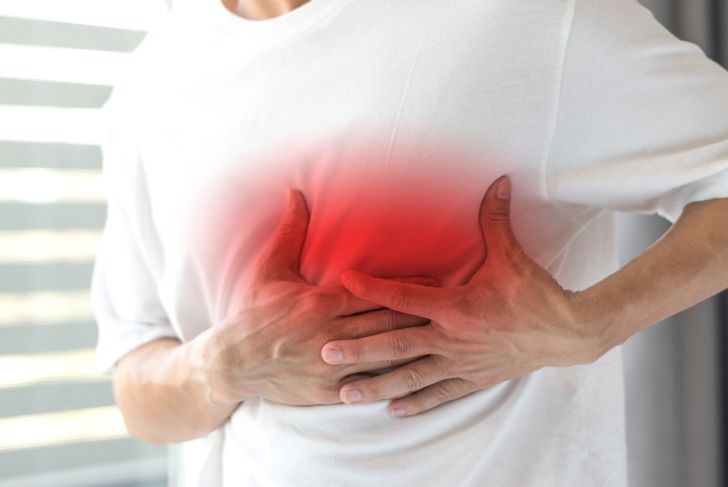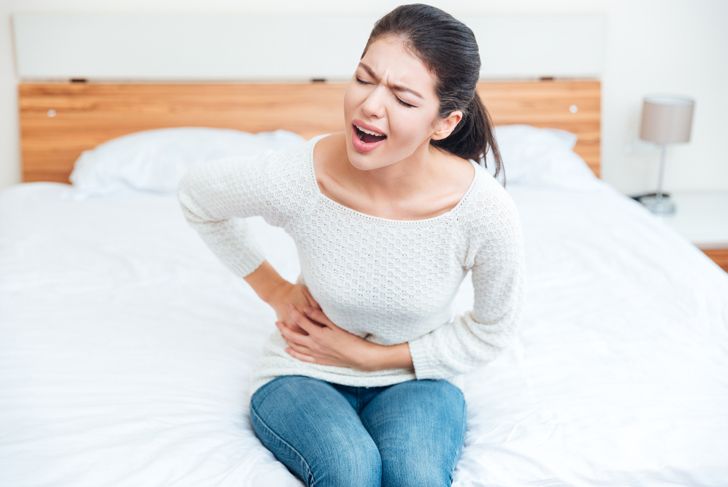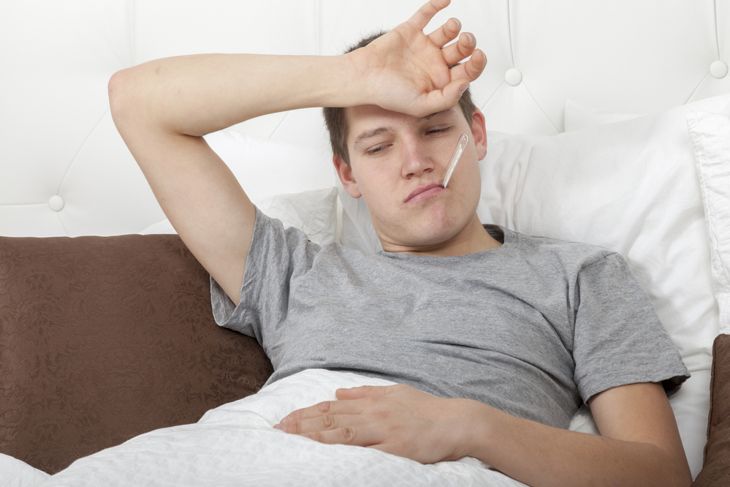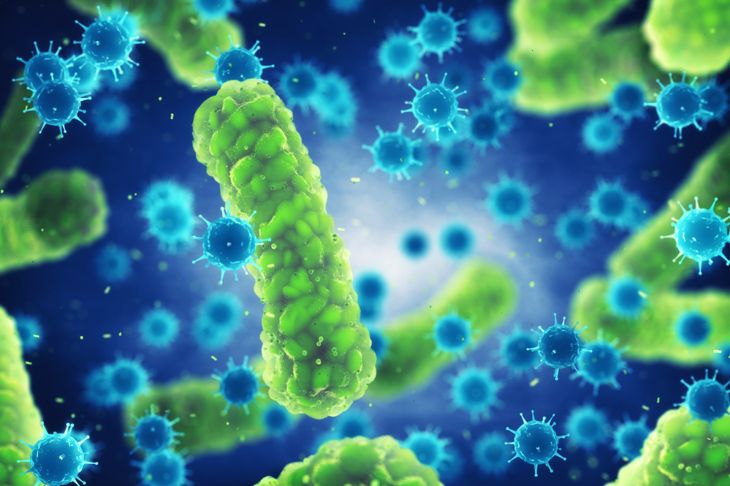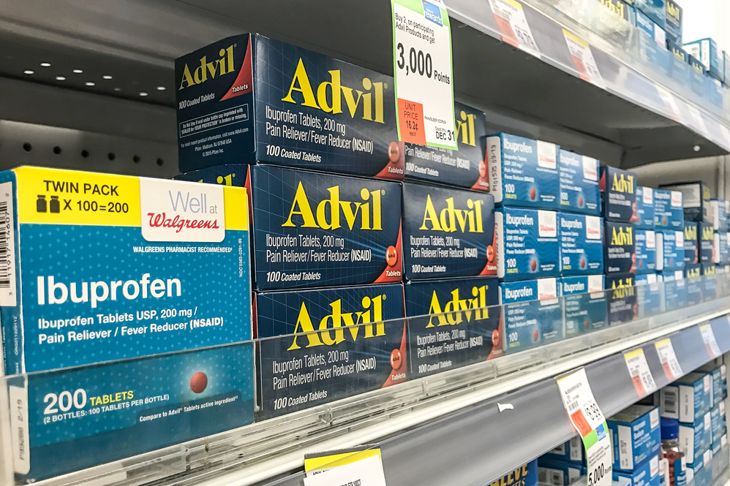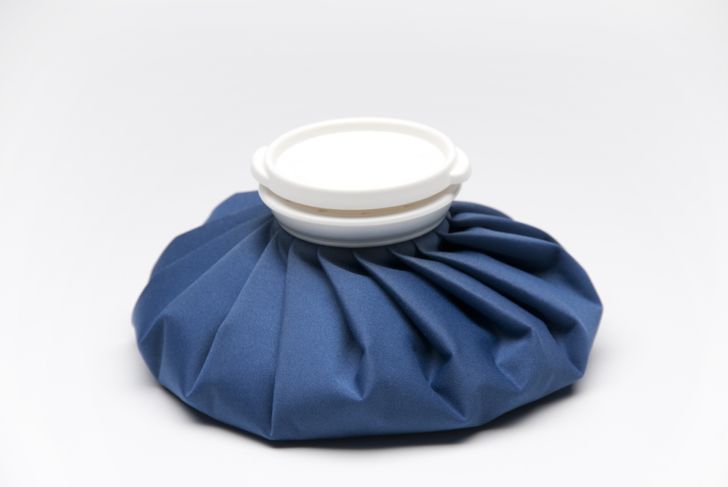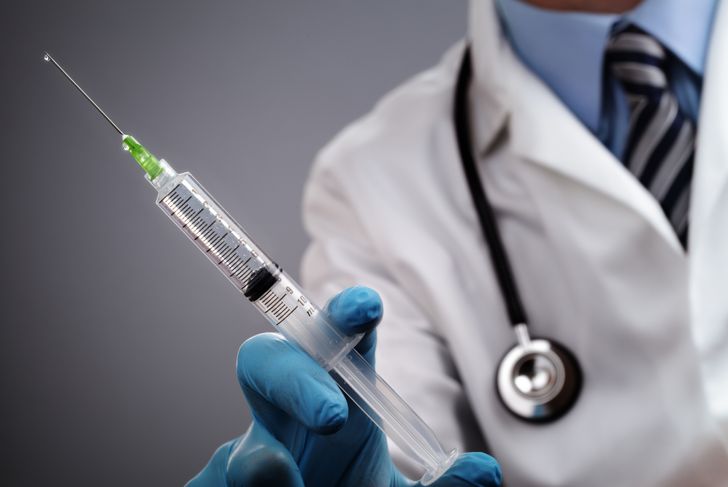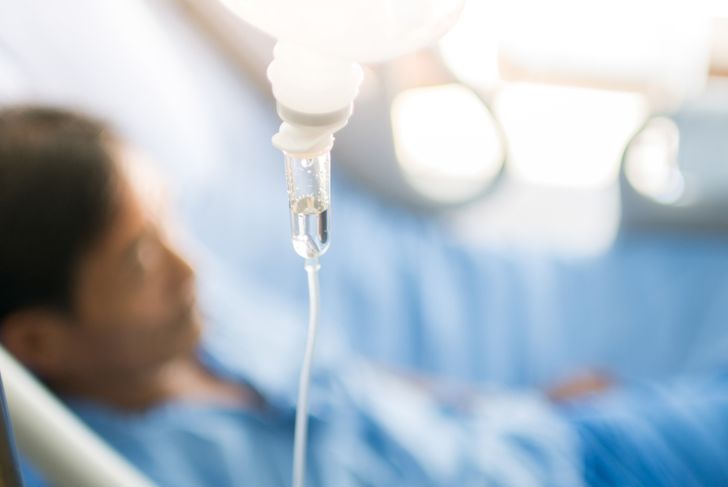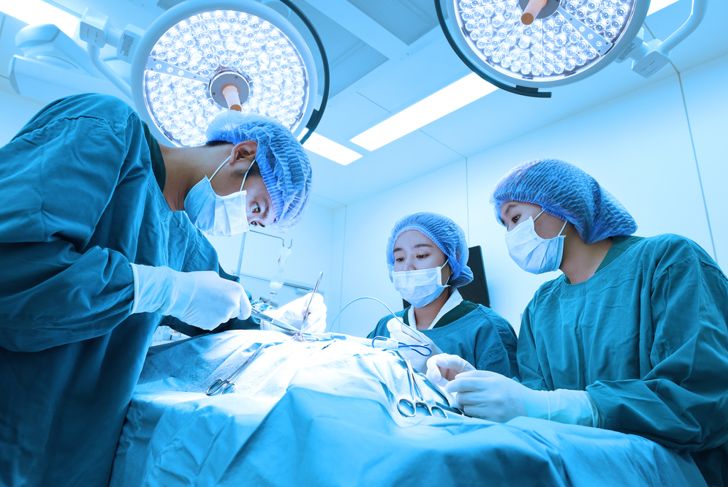Have you ever had chest pain and wondered why? Costochondritis occurs when the cartilage that connects ribs to the breastbone, or sternum, becomes inflamed. Although there is no definite cause or a good way to prevent costochondritis, the inflammation can be painful. While it is relatively harmless, children, adolescents, and adults can experience this condition. Keep reading to learn more about the symptoms and treatments.
Symptom: Chest Pain
The primary symptom of costochondritis is chest pain. The pain might be sharp, dull, or pressure-like, but is usually located on your left side near the front chest wall. The most common pain sites include the fourth, fifth, and sixth ribs. However, the pain can rotate to your abdomen or back, too.If you take a deep breath or cough, you may experience an increased feeling of pain. If you breathe easier or stop moving, the pain can decrease.
Symptom: Reproducible Tenderness
Another common symptom of costochondritis is a reproducible tenderness when you push on the specific rib joints. If you do not experience this type of reproducible tenderness, you might not have costochondritis. Other conditions including Tietze syndrome have similar pain and tenderness, but notice swelling that usually affects the second and third ribs. Costochondritis is not characterized by swelling. However, if you can push on the cartilage in front of the ribcage and recreate the localized pain, then costochondritis is possible.
Unusual Symptoms: Trouble Breathing, High Fever, Nausea, Sweating
If you experience generalized chest pain that is not localized associated with nausea, sweating, and a high fever, then you might have a more serious issue. Persistent chest pain along with left arm pain and trouble breathing can be signs of a heart attack. Go to the emergency room if you have any of these unusual symptoms of costochondritis.
Unusual Symptom: Infection
The signs of an infection are not usually associated with this condition. For example, redness or pus from the site is not a symptom of costochondritis. Increase swelling, pain, or tenderness are other signs of an infection and, perhaps, something more serious. You should visit your medical provider immediately if you think you have an infection.
Treatment: Pain Medication
Nonsteroidal anti-inflammatory medications can help with pain caused by costochondritis. Advil and Motrin are examples of ibuprofen whereas Aleve is a naproxen. Any of these over-the-counter medications should relieve the pain. Ibuprofen as well as Tylenol, which is an acetaminophen, can help reduce a fever. You should always take medicine as directed. If you continue to have chest pain or it gets worse despite medication, visit your doctor.
Treatment: Heat or Ice
Most symptoms of costochondritis go away on without any medical treatment. However, at-home remedies might speed up the recovering process. For example, a heated instrument or ice pack can help reduce pain associated with inflammation. If you don’t want to take any medication, try local heat or ice on the tender area for fast relief.
Treatment: Stretching Exercises
One cause of costochondritis involves exercise or injury. If you notice an activity making your symptoms worse than avoid doing that specific exercise. Until your symptoms improve, you should not participate in contact sports. After you are healthy enough to work out again, you need to complete stretching exercises to prevent ongoing costochondritis.
Treatment: Local Anesthetic and Steroid Injection
If you are still struggling with chest pain and tenderness after trying at-home remedies and over-the-counter medication then you should visit your medical provider. Further, if the symptoms appear when you are completing every day, normal activities then you might benefit from a steroid injection. Talk to your doctor about the risks of this treatment of costochondritis.
Treatment: Antibiotics
Although noninfectious costochondritis usually goes away on its own and does not require a prescription, you will need medical care if you have an infection. Bacterial or fungal costochondritis must be treated with intravenous antibiotics, an IV in the vein. Oral antibiotics are also an option. It typically takes about two to three weeks to complete therapy for infectious costochondritis.
Treatment: Surgery
Costochondritis that does not respond to other treatment may require surgery. The sore cartilage can be surgically removed to alleviate the symptoms of costochondritis. While this is a last-resort treatment, your doctor can help guide you through the process. You will consult with a surgeon before the operation and then follow-up with an annual appointment. Keep in mind that infectious costochondritis may require both IV antibiotics and surgical repair. Recovery time is also longer for infectious costochondritis.

 Home
Home Health
Health Diet & Nutrition
Diet & Nutrition Living Well
Living Well More
More